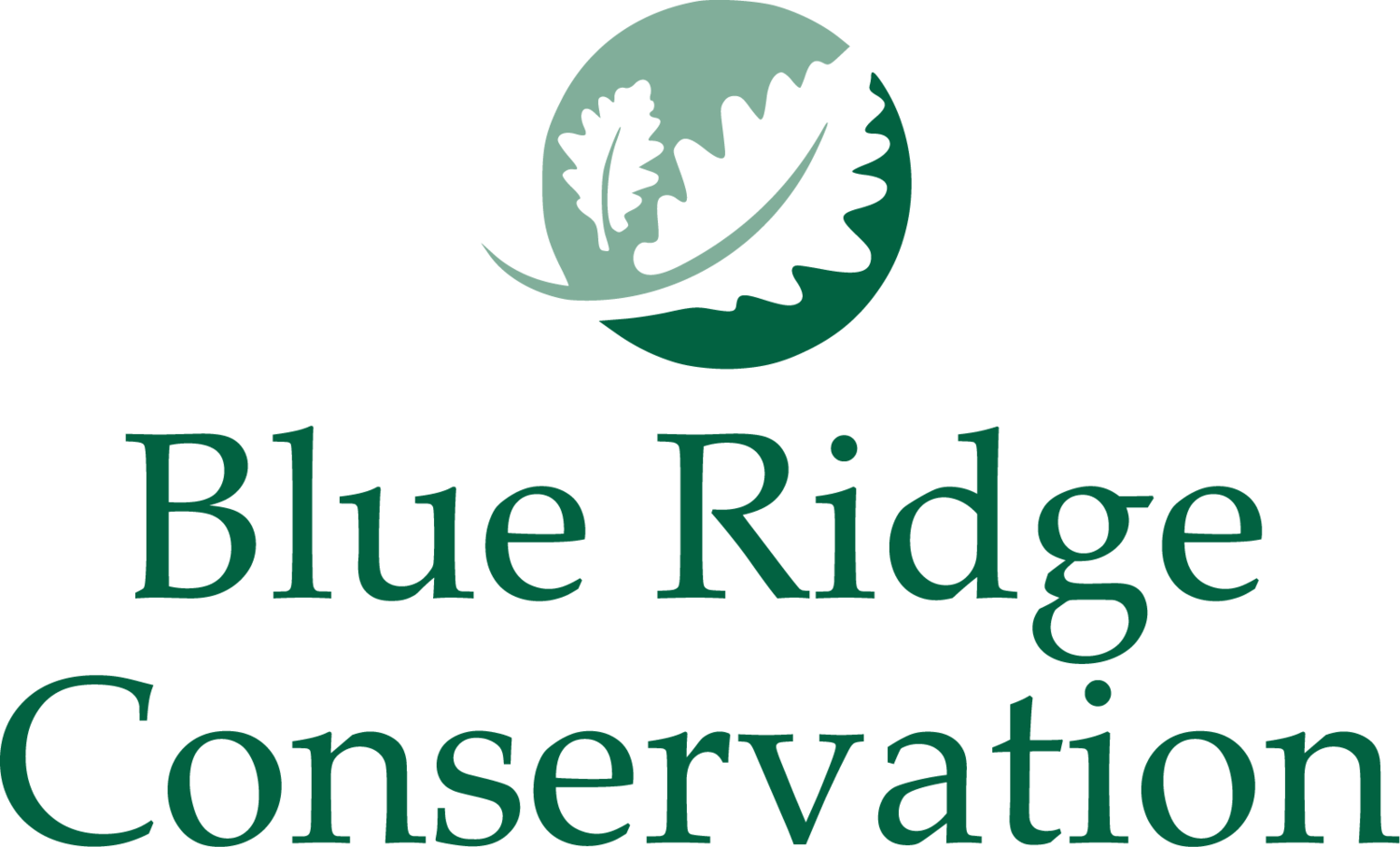“Going Native” with Species Plants
As I am spending way more time in my garden this spring than I ever thought possible due to the current COVID-19 pandemic, I have been thinking a lot about the environmental message we have all received loud and clear - that it is truly up to each one of us to make our little part of the earth more friendly for the insects and other pollinators that sustain our ecosystem. That, of course, is easier said than done. With the help of some great online resources I have started a list of native plants that can thrive in our part of Piedmont Virginia and divided them into the following categories:
Large trees
Understory trees
Shrubs
Flowers/Perennials
Vines
Groundcovers
I have picked just a sample of the possibilities in each group, and the plants I have listed are native species plants with their common name first and their botanical name in parentheses. Knowing that it might be difficult to find many of these species plants in our local nurseries, there is a list of plant nurseries in Virginia that offer native varieties on the Virginia Native Plant Society’s website. Look on the website under Natives and then Plant Nurseries. Hopefully this list will grow as more gardeners “go native”!
Just a word here on species plants vs. natives. In Doug Tallamy’s recent book, Nature’s Best Hope, (which I highly recommend reading!) I learned that in recent studies, researchers have found that often times when cultivars of species plants are created to “improve” color, size, shape, or growth habit of the flower what also changes is the availability and/or quality of the pollen and nectar for the pollinator, and so those pollinators don’t visit that cultivar (native) as they would the species plant. We don’t always have the opportunity to buy species plants, but when we can, go for it! Here is the list, and happy planting for a healthier planet!
Hardwood Trees
White Oak (Quercus alba) If you plant only one large tree this is the best one for supporting our ecosystem!
American Beech (Fagus grandiflora)
River Birch (Betula nigra)
Black Gum/Black Tupelo (Nyssa sylvatica)
Understory Trees
Downy Serviceberry (Amelanchier arborea)
Dogwood (Cornus florida)
Sweetbay Magnolia (Magnolia virginiana)
Eastern Redbud (Cercis Canadensis)
White Fringetree (Chionanthus virginicus)
American Persimmon (Diospyros virginiana)
Shrubs
American Witchhazel (Hamamelis virginiana)
Pinxter Azalea (Rhododendron periclymenoides)
Sweet shrub (Calycanthus floridus)
Winterberry (Ilex verticillata)- must have a male plant planted near female plant for berry production
Ninebark (Physocarpus opulifolius)
Black Haw Viburnum (Viburnum prunifolium)
Hobble Bush (Viburnum lantanoides)
Sage Willow (Salix occidentalis)
Flowers/Perennials
Wild Geranium (Geranium maculatum)
Virginia Bluebells (Mertensia virginica)
Wild Columbine (Aquilegia Canadensis)
Black Eyed Susan (Rudbeckia hirta)
Wild Bergamot (Monarda fistula)
Native Mountain Mint (Pycnanthemum muticum)
Swamp Milkweed (Asclepias incarnate)
Showy Solidago (Solidago speciosa)
Aromatic Aster (Symphiotrichum oblongifolium)
Vines
Purple Passionflower (Passiflora incarnata)
Virginia Creeper (Parthenocissus quinquefolia)
Vase Vine (Clematis viorna)
Virgin’s Bower (Clematis virginiana)
Coral Honeysuckle (Lonicera sempervirens)
Groundcovers
Woodland Phlox (Phlox divaricata)
Dwarf Crested Iris (Iris cristata)
Foamflower (Tiarella cordifolia)
Wild Ginger (Asarum canadense)
